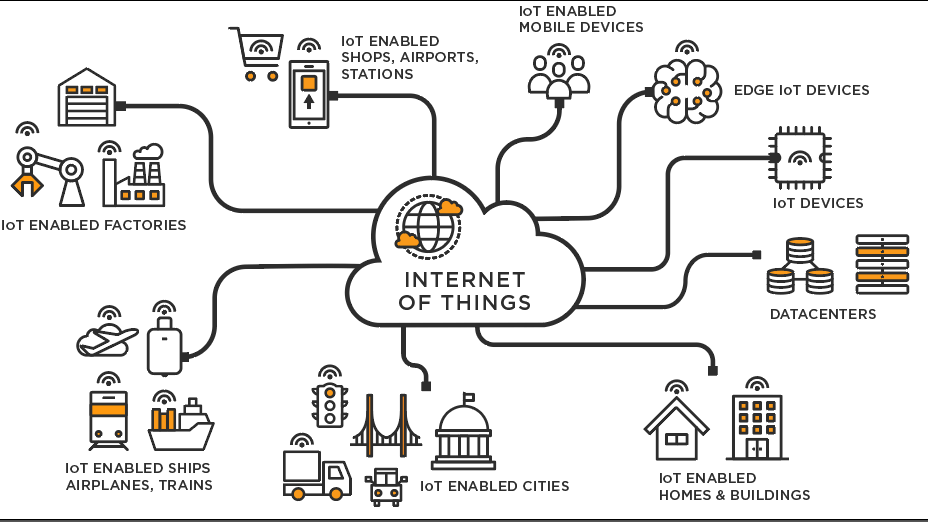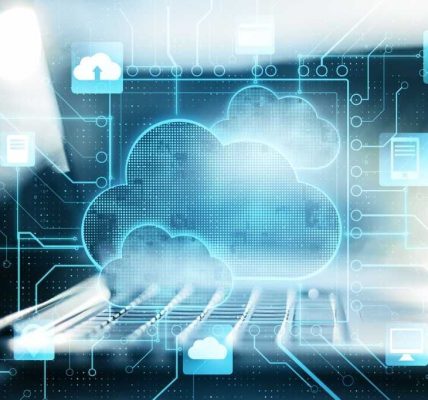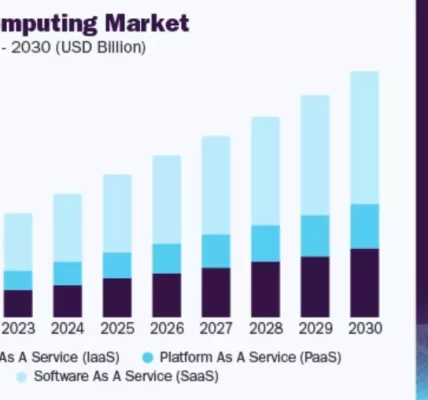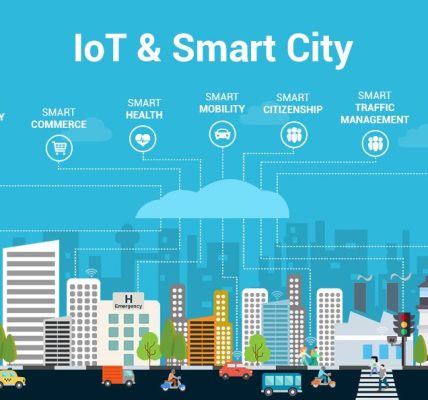The Internet of Things, commonly referred to as IoT, is a revolutionary concept that has been transforming the way we interact with technology. In simple terms, IoT refers to the network of physical devices, vehicles, home appliances, and other items embedded with sensors, software, and connectivity that enables them to connect and exchange data.
How Does IoT Work?
IoT devices are equipped with sensors that collect data and transmit it over the internet to a centralized platform where it can be analyzed and used to make informed decisions. These devices can communicate with each other, allowing for seamless automation and control of various systems.
Examples of IoT Devices
There are countless examples of IoT devices in use today, ranging from smart thermostats and security cameras to wearable fitness trackers and autonomous vehicles. These devices are designed to make our lives easier, more efficient, and more convenient.
Benefits of IoT
One of the biggest benefits of IoT is its ability to gather and analyze data in real-time, allowing businesses to make faster and more informed decisions. IoT also enables greater connectivity between devices, leading to improved efficiency and productivity.
Challenges of IoT
Despite its many benefits, IoT also poses several challenges, such as data security and privacy concerns. As more devices become connected to the internet, the risk of cyber attacks and data breaches increases, making it crucial for businesses to implement robust security measures.
The Future of IoT
The Internet of Things is still in its infancy, but its potential is limitless. As more devices become interconnected, we can expect to see even greater advancements in automation, artificial intelligence, and data analytics. The possibilities are truly endless.
Conclusion
In conclusion, the Internet of Things is revolutionizing the way we interact with technology, paving the way for a more connected and efficient world. By leveraging the power of IoT, businesses and consumers alike can reap the benefits of increased productivity, improved decision-making, and enhanced connectivity.




